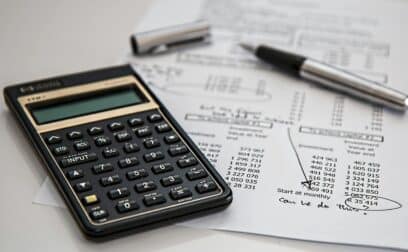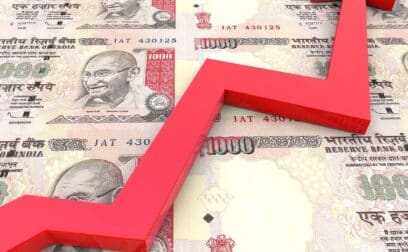Definition
The J-curve effect is an economic and financial concept that describes the short-term negative impact of a devaluation or depreciation of a country’s currency on its trade balance, followed by a longer-term improvement in the trade balance.
What is the J-curve effect?
The name “J-curve” comes from the graphical representation of this phenomenon, which often resembles the shape of the letter “J.”
Here’s how the J-curve effect works:
1. Initial devaluation: When a country’s currency devalues or depreciates, it becomes weaker relative to other currencies. This means that the country’s exports become cheaper for foreign buyers, and imports become more expensive for domestic consumers.
2. Short-term trade deterioration: In the short term, after the currency devaluation, the trade balance often worsens. This is because the immediate increase in the prices of imported goods (due to the weaker currency) tends to outweigh the boost in exports. As a result, the country’s trade deficit may widen.
3. Long-term trade improvement: Over time, the J-curve effect suggests that the situation will start to improve. The improvement occurs as foreign buyers take advantage of the cheaper exports, leading to increased demand for the country’s goods and services abroad. Meanwhile, domestic consumers may reduce their consumption of more expensive imported goods.
4. Trade balance correction: As exports gradually rise and imports decrease, the country’s trade balance begins to correct itself. This means that the trade deficit starts to narrow, and eventually, the country may achieve a trade surplus (where exports exceed imports).
The J-curve effect is a useful concept for understanding the lag between a currency devaluation and its impact on a country’s trade balance. It indicates that the full benefits of a weaker currency may not be realised immediately and that patience is required for the trade balance to adjust.
It’s important to note that the J-curve effect is not guaranteed to occur in every situation, and its magnitude can vary based on several factors, including the elasticity of demand for a country’s exports and imports, the competitiveness of its products, and global economic conditions. Additionally, government policies, such as trade tariffs and restrictions, can influence the extent to which the J-curve effect is observed.
Example of the J-curve effect
Imagine a country, Country A, with an initially balanced trade account. The value of its exports equals the value of its imports. The central bank decides to allow its currency to depreciate. As a result, the country’s currency becomes weaker relative to other currencies.
Over time, as the global market adjusts to the new currency exchange rates, the demand for Country A’s cheaper exports starts to rise, and the demand for more expensive imports decreases. As the trade flows adjust, Country A begins to see an improvement in its trade balance. The trade deficit starts to narrow, and eventually, it may even turn into a trade surplus.
When the fluctuations in the trade balance are plotted over time, the graphical representation resembles the letter “J.” The initial dip represents the trade deficit following the currency depreciation, and the subsequent rise indicates the recovery and improvement in the trade balance.
































 yet? Register here!
yet? Register here!